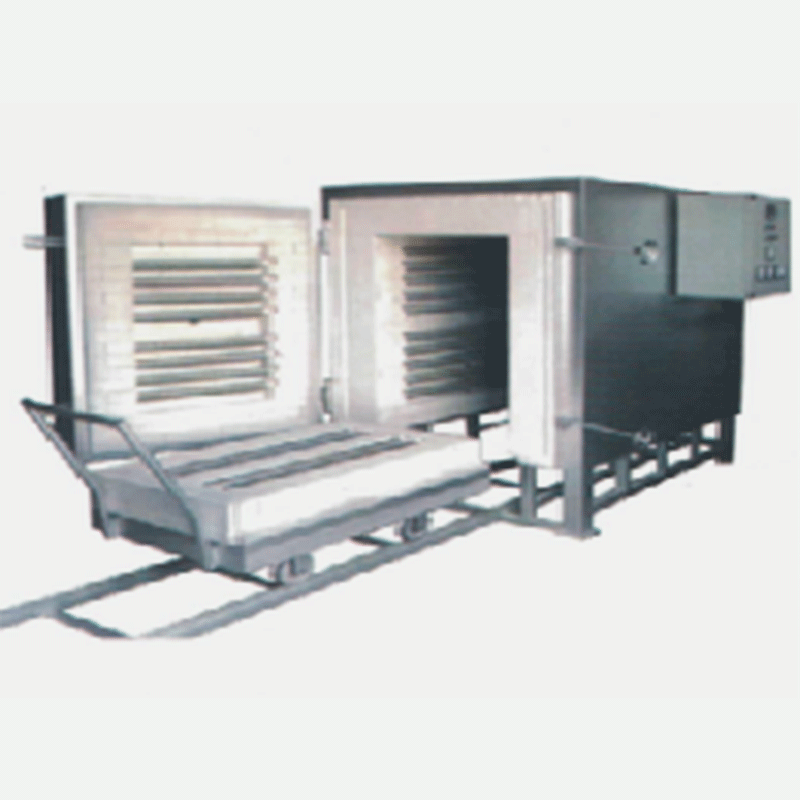XRF flux particle size is key factor
XRF flux plays an important role in metal analysis. When we talk about X-ray fluorescence (XRF) analysis, the role of flux cannot be ignored. It not only helps to improve the accuracy of analysis, but also provides strong support for rapid and accurate determination of metal components.

XRF flux is a method that achieves composition analysis by exciting metal atoms to release X-rays of specific wavelengths. In this process, the role of flux is crucial.
The selection and use of XRF Analysis Solvent directly affects the accuracy and reliability of the analysis results. Appropriate fluxes can significantly increase the solubility of metal samples, allowing the measured elements to fully dissolve and release characteristic X-rays. This helps improve the sensitivity and accuracy of the analysis and ensures reliable results.
When selecting an XRF flux, you need to consider its chemical properties, physical properties, and interaction with the sample. For example, some fluxes can chemically react with certain elements in the sample to form more soluble compounds, thereby increasing solubility. Other fluxes may have specific adsorption effects on certain elements, thus affecting the analysis results.
The particle size of the XRF flux is also a key factor. The finer particle size helps improve the solubility of the sample and the sensitivity of the analysis. Therefore, when selecting a flux, we need to consider its particle size distribution to ensure the accuracy of the analysis results.
In practical applications, the method of using flux is also very important. Usually, we mix an appropriate amount of flux with the sample and then heat or melt it. During this process, the flux can promote the dissolution of the sample, allowing the element being measured to fully release characteristic X-rays.
It should be noted that the selection and use of flux requires certain professional knowledge and experience. Different metals and specimens may require different fluxes and processing conditions. Therefore, in actual operation, we need to adjust and optimize according to the specific situation to ensure the accuracy and reliability of the analysis results.
In short, XRF flux plays an important role in metal analysis, which can improve the accuracy and sensitivity of analysis and ensure the reliability of results. Therefore, in metal composition analysis, it is very important to select the appropriate flux and use it correctly.
Recommended Products
Hot News
-
From Nanyang to East Africa: China's "Fire Assay" Technology Illuminates the Future of Kenya's Mining Industry—The Launch of the Kyrgyz-Chinese Testing Equipment Container Laboratory
2025-12-30
-
Features of the Gold Test Ash Blowing Furnace
2025-12-22
-
Precisely measuring material "endurance" at high temperatures—Nanyang JZJ Testing Equipment Co., Ltd.'s high-temperature load-bearing creep tester is exported to the United States.
2025-12-17
-
The trusted choice of African mining giants! Nanyang JZJ Testing injects refined "core power" into Zimbabwe's gold mining industry.
2025-12-08
-
Working principle and application range of ambient temperature abrasion tester
2025-11-07
-
The main reagents used in fire assay and their functions
2025-10-13
-
Let you know about fire assay ash blowing furnace
2025-09-23
-
Refractoriness under load (RUL) and creep in compression (CIC) testing machine common troubleshooting
2025-08-25
-
How to use X-ray fluorescence fusion machine in refractory industry?
2025-08-18
-
What materials are suitable for high temperature muffle furnace testing?
2025-08-14

 EN
EN
 AR
AR
 BG
BG
 FR
FR
 DE
DE
 HI
HI
 IT
IT
 PL
PL
 PT
PT
 RU
RU
 ES
ES
 TL
TL
 IW
IW
 ID
ID
 UK
UK
 VI
VI
 TH
TH
 TR
TR
 FA
FA
 MS
MS
 UR
UR
 BN
BN
 KM
KM
 LO
LO
 PA
PA
 MY
MY
 KK
KK






















